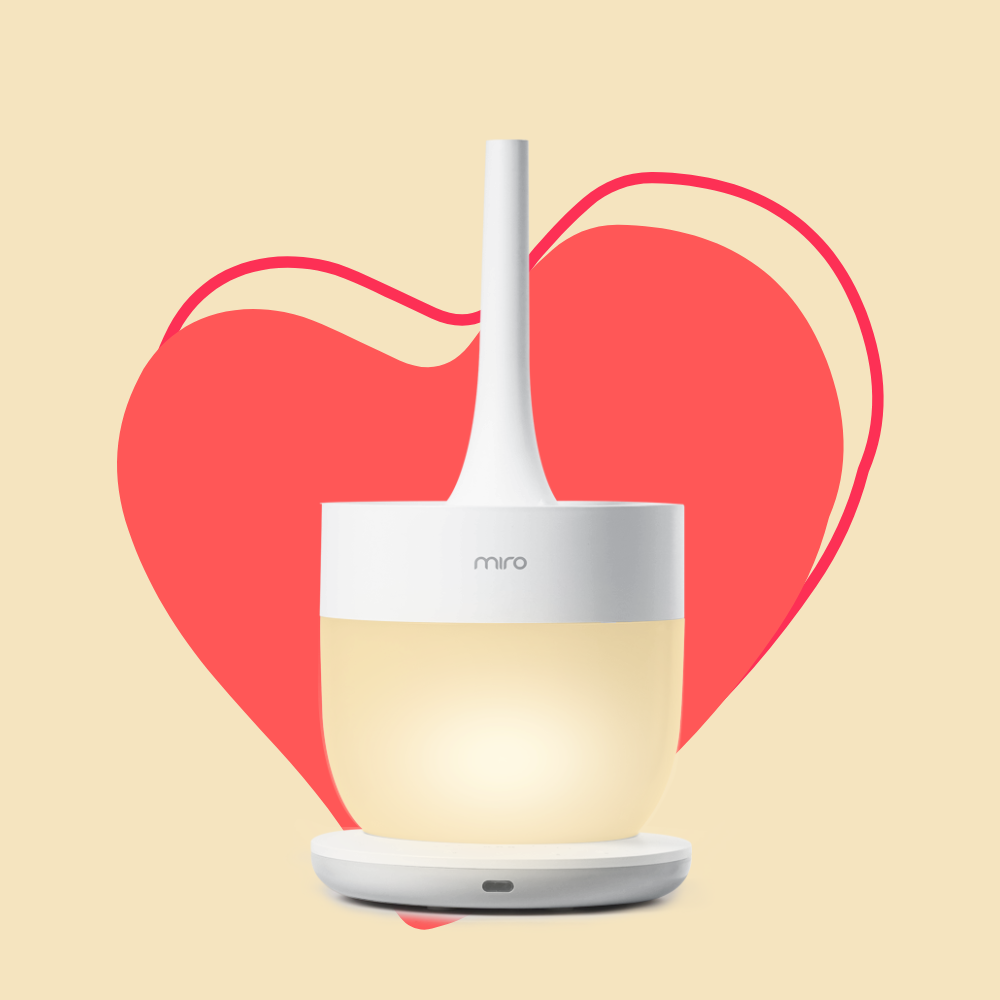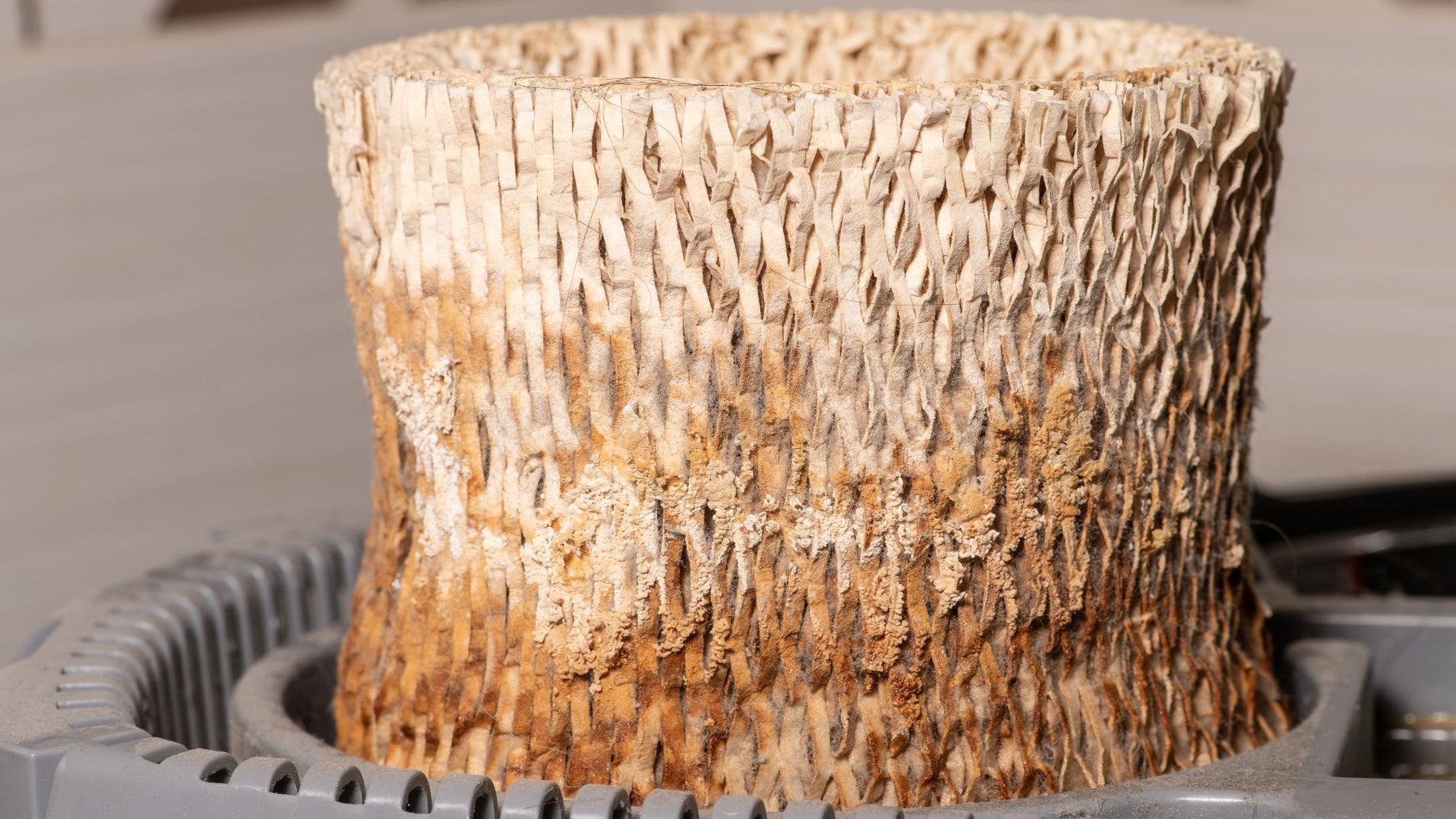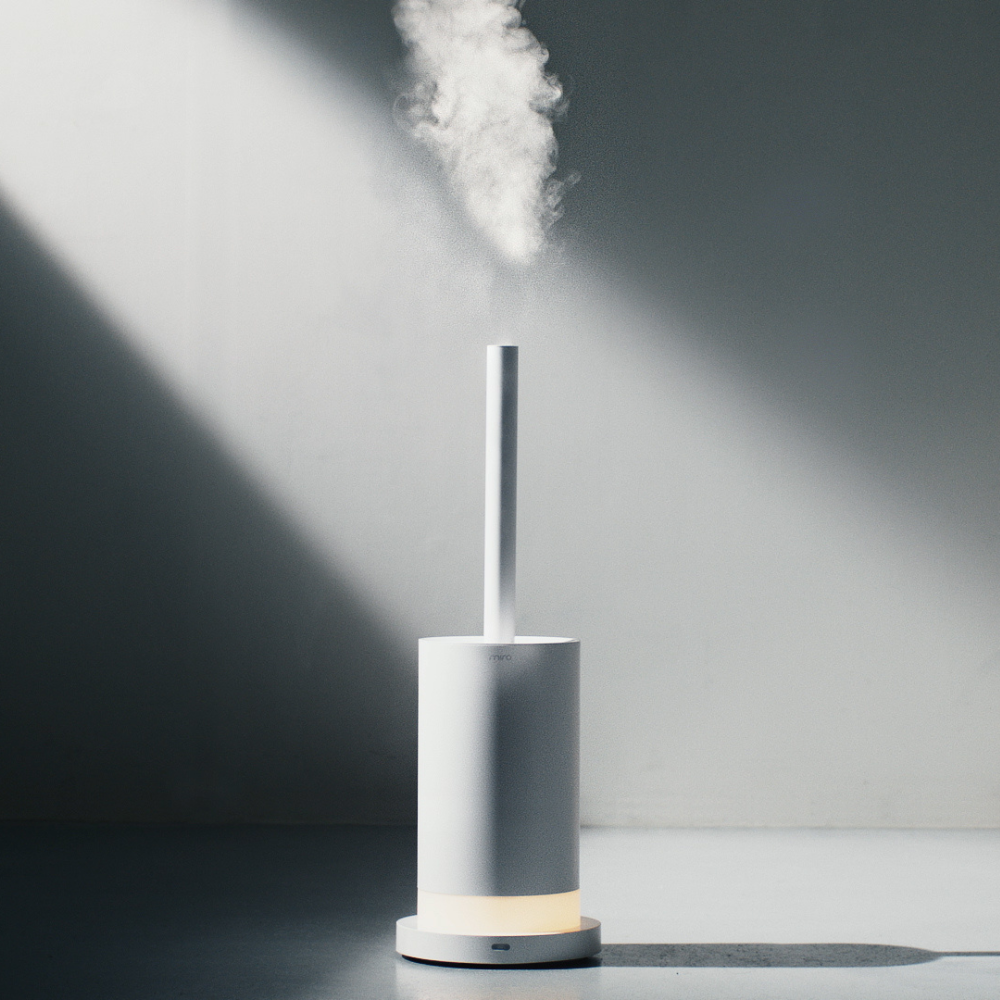

How Often to Change Humidifier Pad?
Humidifiers are an essential part of many homes, helping to keep the air moist and comfortable during dry winter months. While many people focus on keeping the water tank clean and full, the humidifier pad is just as important for maintaining optimal performance. In this article, we'll discuss how often you should change your humidifier pad, why it's important, and tips for keeping your humidifier running smoothly.
What is a Humidifier Pad?
A humidifier pad, also known as a wick filter or evaporative pad, is an essential component of evaporative humidifiers. It is typically made of a porous material, such as paper, foam, or cotton, that absorbs water from the humidifier's reservoir and disperses it into the air. As the air passes through the humidifier, it picks up moisture from the pad, adding humidity to the room.
Why is it Important to Change Your Humidifier Pad?
Over time, the humidifier pad can become clogged with mineral deposits, bacteria, and other impurities, reducing its ability to absorb water and release it into the air. A dirty or clogged humidifier pad can also harbor mold and bacteria, which can be harmful to your health. Changing the pad regularly is essential to maintain the effectiveness and safety of your humidifier.
Signs that it's Time to Change Your Humidifier Pad
There are several signs that indicate it's time to change your humidifier pad. These include:
- Reduced humidity output: If you notice that your humidifier is producing less moisture than usual, it could be a sign that the pad is clogged or dirty.
- Strange odors: A musty or moldy smell coming from your humidifier could be a sign of bacterial or fungal growth on the pad.
- Visible buildup: If you can see mineral deposits or discoloration on the pad, it's time to replace it.
- Irritated respiratory system: If you or someone in your household is experiencing respiratory problems such as coughing, wheezing, or difficulty breathing, it could be due to mold or bacteria growing on a dirty humidifier pad.
How Often Should You Change Your Humidifier Pad?
The frequency with which you should change your humidifier pad depends on several factors, including the type of humidifier you have, how often you use it, and the mineral content of your water supply. As a general rule, you should replace your humidifier pad at least once per season, or every three months.
If you use your humidifier frequently or have hard water, you may need to change the pad more often. It's also important to follow the manufacturer's recommendations for your specific humidifier model. Some models have reusable pads that can be cleaned and reused, while others require disposable pads.
Tips for Maintaining Your Humidifier
To keep your humidifier running smoothly and prevent the buildup of impurities on the pad, follow these tips:
- Use distilled or demineralized water: Hard water can cause mineral buildup on the pad, reducing its effectiveness and lifespan. Using distilled or demineralized water can help prevent this.
- Clean your humidifier regularly: Empty and clean the water tank daily, and wipe down the humidifier's surfaces with a damp cloth.
- Use a hygrometer: A hygrometer can help you monitor the humidity levels in your home and adjust your humidifier settings accordingly.
- Store your humidifier properly: When not in use, store your humidifier in a cool, dry place to prevent mold and bacteria growth.
Different Types of Humidifier Pads
There are several types of humidifier pads available, each with its own advantages and disadvantages. Here are some of the most common types:
- Wick filters: These are the most common type of humidifier pad, made of a porous material that absorbs water from the tank and releases it into the air. They are typically disposable and need to be replaced regularly.
- Permanent filters: Some humidifiers come with permanent filters that can be cleaned and reused. These are more environmentally friendly and cost-effective than disposable filters but require regular cleaning.
- Foam filters: Foam filters are more durable than wick filters and can be washed and reused. However, they are less efficient at absorbing water and may need to be replaced more often.
- Antimicrobial filters: These are treated with antimicrobial agents to prevent the growth of bacteria and mold. They are a good choice for people with allergies or respiratory issues.
FAQs
Can I clean my humidifier pad instead of replacing it?
Yes, some humidifiers have reusable pads that can be cleaned and reused. However, most disposable pads should be replaced rather than cleaned.
How often should I clean my humidifier?
You should clean your humidifier daily, emptying the water tank and wiping down the surfaces with a damp cloth.
Can I use tap water in my humidifier?
It is recommended to use distilled or demineralized water to prevent mineral buildup on the pad. However, if you do use tap water, make sure to clean the humidifier regularly and change the pad as needed.
Is it safe to use a humidifier with a dirty pad?
No, a dirty pad can harbor mold and bacteria, which can be harmful to your health. It is important to replace the pad regularly to maintain a safe and healthy environment.
Can a dirty humidifier pad cause respiratory problems?
Yes, mold and bacteria growing on a dirty humidifier pad can cause respiratory problems such as coughing, wheezing, and difficulty breathing.
Conclusion
In conclusion, changing your humidifier pad regularly is essential for maintaining optimal performance and preventing the buildup of harmful impurities. By following the manufacturer's recommendations, monitoring humidity levels, and taking steps to keep your humidifier clean, you can ensure that your home remains comfortable and healthy.


